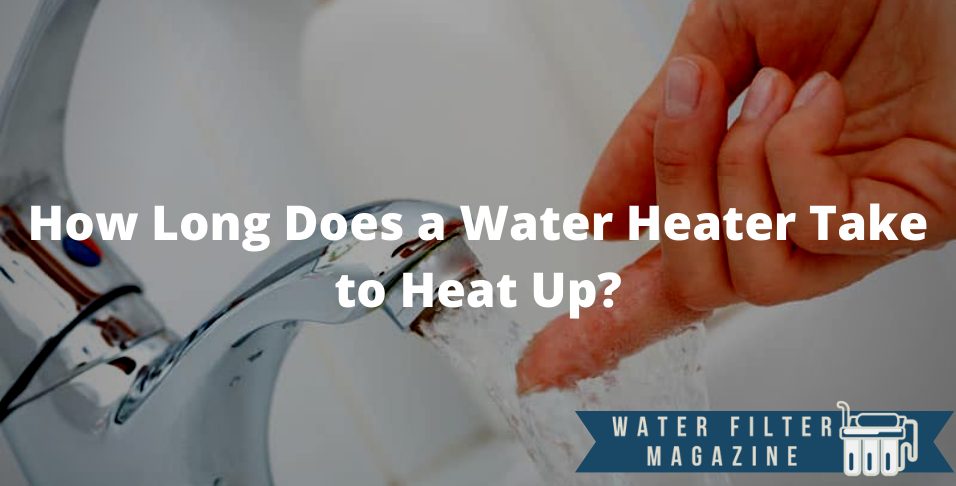 It is common sense that the answer to the question of how long it takes a water heater to heat up is not going to be straightforward. There are many factors to consider and some brainstorming if your purpose is to decide on what kind of heater to use. If you are simply trying to get information, then these next few paragraphs will serve your purpose as well.
It is common sense that the answer to the question of how long it takes a water heater to heat up is not going to be straightforward. There are many factors to consider and some brainstorming if your purpose is to decide on what kind of heater to use. If you are simply trying to get information, then these next few paragraphs will serve your purpose as well.
To answer one question, we most often have to ask a few more. What kind of heater is it? A gas-powered water heater can heat up much faster than an electric water heater. The difference being in almost an hour. A gas water heater heats up for up to forty minutes, while an electric one may take up to an hour and a half. That is if we consider an average size of both, in order to be able to measure, again on average. When talking about a bigger water heater of 80 gallons, for example, this may take up to two hours for heating up. Both types however can have troubles with heating caused by heat loss, for example.
Heat loss may seem as not so big a problem and one that might not have such a big impact but in reality, it is, and it does. What you can do about it is insulate the pipes or add a hot water recirculation pipe. Replace fixtures with a higher flow rate or apply routine preventive maintenance more often. Unlike an insulated water bottle, the water heater cannot keep the water warm for a long enough time because of many factors.
If your water heater is an electric one and you want to insulate the pipes, the most commonly used material is polyethylene or neoprene. Pipe sleeves made of these materials are available for purchase and are very commonly used. However, if your water heater is gas-powered, then you must make sure that the insulation is at least six inches from the flue. The best material, in this case, would be fiberglass pipe-wrap with at least one inch of thickness. You would have to secure it to the pipes, so for that, you can use aluminum foil tape. Insulation would not be complete and perfect if you do not insulate the gaps where pipes enter the walls, using foam and then plastic cover, for example.
The long-distance between the water heater and the fixture can also delay the hot water flow. The further away the fixture is the longer it takes for the heater. The best solution for this problem would be installing a recirculation pump. Such a pump created a loop between the water faucet and the water heater tank running both ways.
One of the main water wasting factors is the time it takes for the water to come to the faucet. The recirculation pump will save water by eliminating the waiting time for water come hot out of the faucet. The price is not cheap but moderate. Especially if we consider the fact that it will save us money in the long run, by decreasing water waste substantially and also time and the frustration of having to wait. In terms of installation, there is not one specific solution for each appliance but overall, it is an easy task. You can install it yourself usually but depending on some specifics in your household you may have to turn to a professional.
Flow rate is usually standardized under government requirements and it is differing for kitchen and bathroom faucets. For the kitchen, it is usually a bit higher. The rate is measured in gallons per minute (GPM). If the flow rate of your water supply is high, yet it takes a long time for the hot water to flow from your faucet, then you might want to turn your attention to the faucet, for example. The faucet itself might be the problem. Although all faucets after 1994 are manufactured with flow restrictors they can be removed if necessary.
One such item is the aerator installed at the tip of the faucet. It is a pretty smart feature, which creates an impression of high pressure, making you turn down the flow and so reduce water consumption. These parts can be substituted with other such parts that are less reductive. Have in mind though, that if you simply remove them you will be removing the filtering nets and so allow dirt in the water to flow through your faucet. Before you take any action to change it or remove it make sure you have cleared it of any hard particles or sediment that might prevent water from flowing and then check your water flow again.
You may also find our article on how water heater heat traps work interesting!

